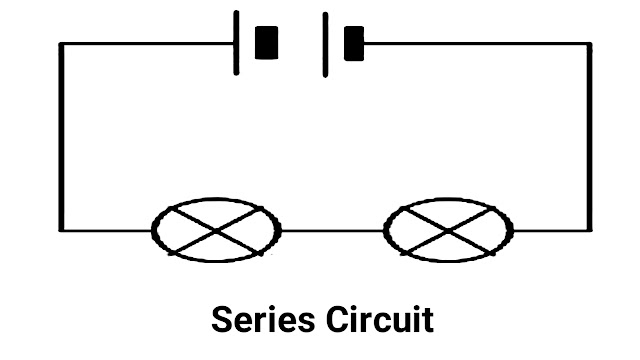What are MCBs?
What is an MCB (Miniature Circuit Breaker)? An MCB , or Miniature Circuit Breaker , is an automatically operated electrical switch designed to protect electrical circuits from damage caused by overloads or short circuits. It is one of the most commonly used low-voltage protection devices in domestic, commercial, and industrial electrical systems. Unlike traditional fuses that need to be replaced after a fault, MCBs can be easily reset after tripping, making them a safer and more convenient solution for circuit protection. When the current exceeds the rated capacity, the MCB automatically disconnects the circuit to prevent potential hazards such as fire or equipment damage. Basic Features of an MCB Full Form: Miniature Circuit Breaker Type: Low-voltage circuit breaker Current Rating: Up to 100 Amperes (A) Interrupting Capacity: Up to 18,000 Amperes (A) (18kA) Common Applications: Household wiring, small control panels, and lighting circuits Popular Class: Class 3 ...


